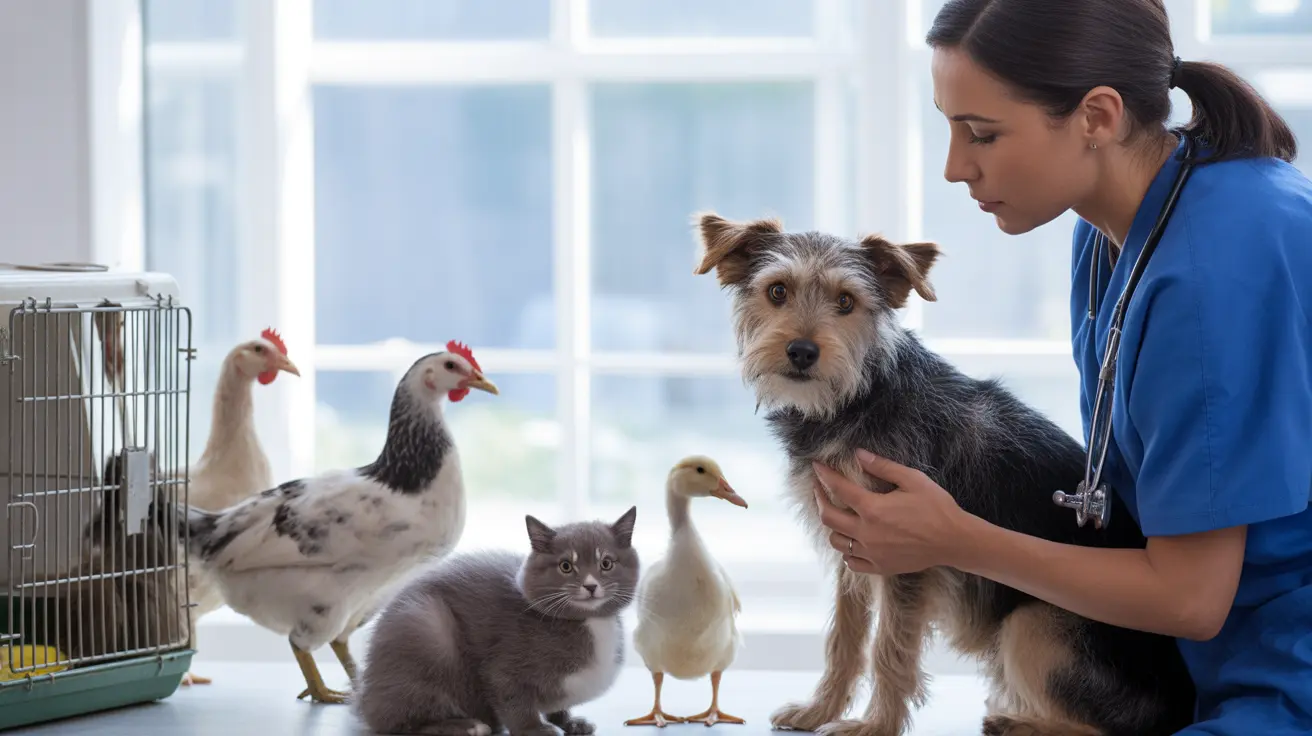A significant animal hoarding case in Massachusetts has led to the removal of 115 animals from a single residence, highlighting the ongoing challenges of animal welfare protection in the state. Local police conducted a four-hour operation to rescue multiple species living in concerning conditions.
The extensive rescue operation recovered a diverse group of animals, including various poultry species, pets, and livestock. The seized animals included chickens, turkeys, geese, quails, ducks, one guinea hen, two dogs, two cats, five rabbits, two ferrets, and five goats, demonstrating the scale of the hoarding situation.
Understanding Animal Welfare Laws Massachusetts
This case falls under Massachusetts' comprehensive animal protection framework, which strictly regulates the treatment and care of animals. The state's laws require all pet owners to provide adequate food, water, shelter, and veterinary care for their animals, with severe penalties for those who fail to meet these basic requirements.
Legal Response to Animal Hoarding
When authorities encounter suspected animal hoarding cases, they must follow established animal seizure procedures to ensure both legal compliance and animal safety. These procedures involve careful documentation, immediate veterinary assessment, and proper temporary placement of rescued animals.
Public Health Risks of Animal Hoarding
Large-scale animal hoarding situations present significant health risks to both the animals and nearby residents. Overcrowded living conditions can lead to:
- Rapid spread of diseases among animals
- Compromised air quality
- Unsanitary living conditions
- Increased risk of zoonotic diseases
- Environmental contamination
Impact on Animal Health
In hoarding situations, animals often suffer from:
- Inadequate nutrition
- Limited access to clean water
- Lack of proper veterinary care
- Psychological stress from overcrowding
- Exposure to parasites and infectious diseases
Massachusetts Animal Rescue Response
The coordinated response to this case demonstrates the effectiveness of Massachusetts' animal rescue network. When authorities discover hoarding situations, multiple agencies typically collaborate to ensure proper care and placement of rescued animals.
Role of Animal Control
Local animal control officers play a crucial role in these operations by:
- Assessing the immediate situation
- Coordinating with law enforcement
- Arranging emergency veterinary care
- Documenting conditions for potential legal proceedings
- Facilitating temporary placement of rescued animals
Frequently Asked Questions
What signs indicate someone might be an animal hoarder, and how can I recognize animal hoarding?
Animal hoarding involves keeping more animals than one can properly care for, leading to neglect and unsanitary conditions, such as untreated illnesses, overcrowding, poor nutrition, and deteriorating living environments.
What does Massachusetts law say about animal hoarding and cruelty, and what penalties can hoarders face?
Under Massachusetts General Law Chapter 272, Section 77, animal hoarding and cruelty are felonies punishable by up to 5 years in prison, fines up to $2,500, and potentially longer sentences and larger fines in severe cases. The law mandates adequate food, water, shelter, sanitation, and veterinary care for animals.
How can concerned citizens report suspected animal hoarding or cruelty in Massachusetts?
Anyone who observes signs of animal neglect, unsanitary conditions, or large numbers of animals in poor care can report their concerns to local police, animal control, or organizations such as the MSPCA or Animal Rescue League of Boston for investigation.
Conclusion
This significant animal hoarding case in Massachusetts serves as a reminder of the importance of proper animal care and the serious consequences of hoarding behavior. The successful rescue operation demonstrates the effectiveness of local authorities and animal welfare organizations in addressing these challenging situations. Community awareness and prompt reporting of suspected cases remain crucial in preventing animal suffering and protecting public health.






